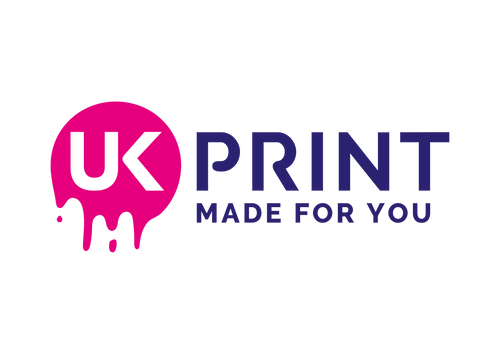Trying to Do the Right Thing
I am finding various articles in the press very confusing about what we should be doing to help reduce our carbon footprint and behave in a more responsible way for the wellbeing of future generations.
We all want to do the right thing, but in doing so, we also want to remain competitive while producing graphics that look great and are fit for purpose. It all seems to be a trade-off, but what I’m finding is that we can be a lot better than we are currently.
PVC and Its Environmental Impact
Polyvinyl chloride (PVC) is under pressure at the moment, as it is the most toxic of all plastics, containing over 50% chlorine. This emits dioxins — of which there are no safe levels of exposure to humans. It also contains phthalates (used to soften the material) and heavy metals, both of which are materials of high concern.
All these elements readily migrate into the environment during production, use, and disposal. The construction of PVC banners also tends to involve a polyester base with PVC coatings. Separating this mixture after use is difficult and uneconomic, meaning it can only be recycled with mixed plastics, incinerated, or sent to landfill.
However, when incinerated, dioxins are released, and poisons remain. Some companies chip PVC for use on farms, but this can lead to toxic substances working their way back into our food chain and water systems.
The Case for Polyester
Polyester, on the other hand, is also a plastic — but it contains no harmful additives in its construction. When disposed of, CO₂ is the only by-product.
A knitted display polyester fabric is typically around 200gsm, whereas a 3mm foam panel is around 1300gsm — an 83% reduction in weight. The remaining 17% is a single, clean material containing no toxins.
Polyester yarns can also be made from recycled post-consumer clear plastic waste, which we already offer in the form of flag, display, and backlit fabrics. There is a slight cost increase for these recycled materials, but efforts are being made to make the recycling of polyester yarns back into themselves more economically viable — something we hope to offer soon.
Waste and Energy Recovery
We personally send our waste to be incinerated locally to produce energy from waste. Polyester has a calorific value of 18 kj/kg, similar to soft coal, while crude oil has a calorific value of 42 kj/kg.
After incineration, less than 3% of the material goes to landfill as ash or chimney deposits.
Safe Coatings and Responsible Sourcing
Another important consideration is the fire-retardant (FR) coatings added to materials. The cheaper alternatives are toxic and classified as hazardous. At G&O, we do not use these; instead, we use environmentally friendly alternatives certified under the Oeko-Tex 100 standard.
As a company, we strive to source locally and purchase efficiently to reduce both transport emissions and costs. We also pay close attention to the composition and environmental footprint of our materials.
When you consider that a single container ship burns 63,000 gallons of oil per day — and that’s bunker fuel, one of the dirtiest types — it really brings home how important these choices are.


